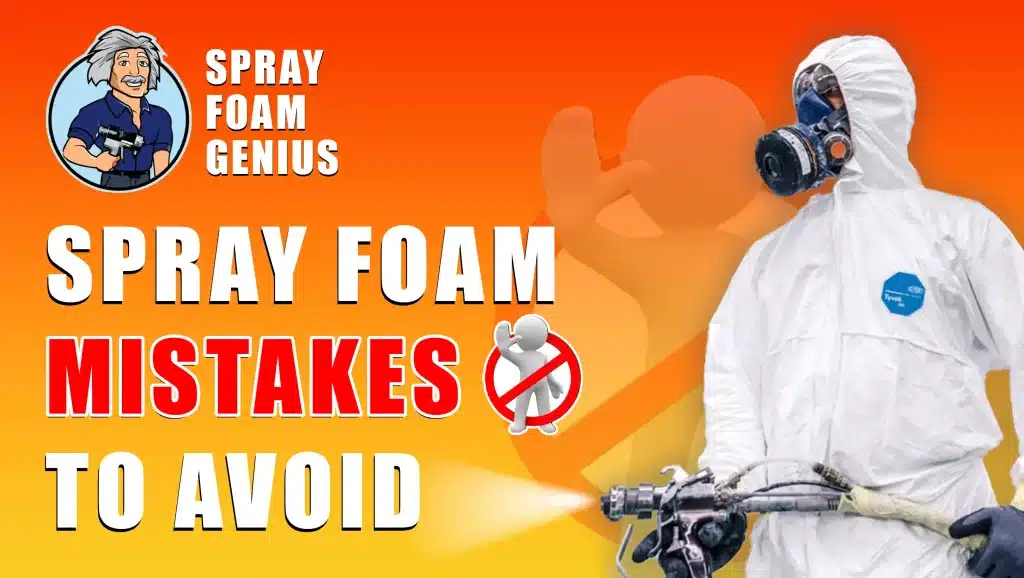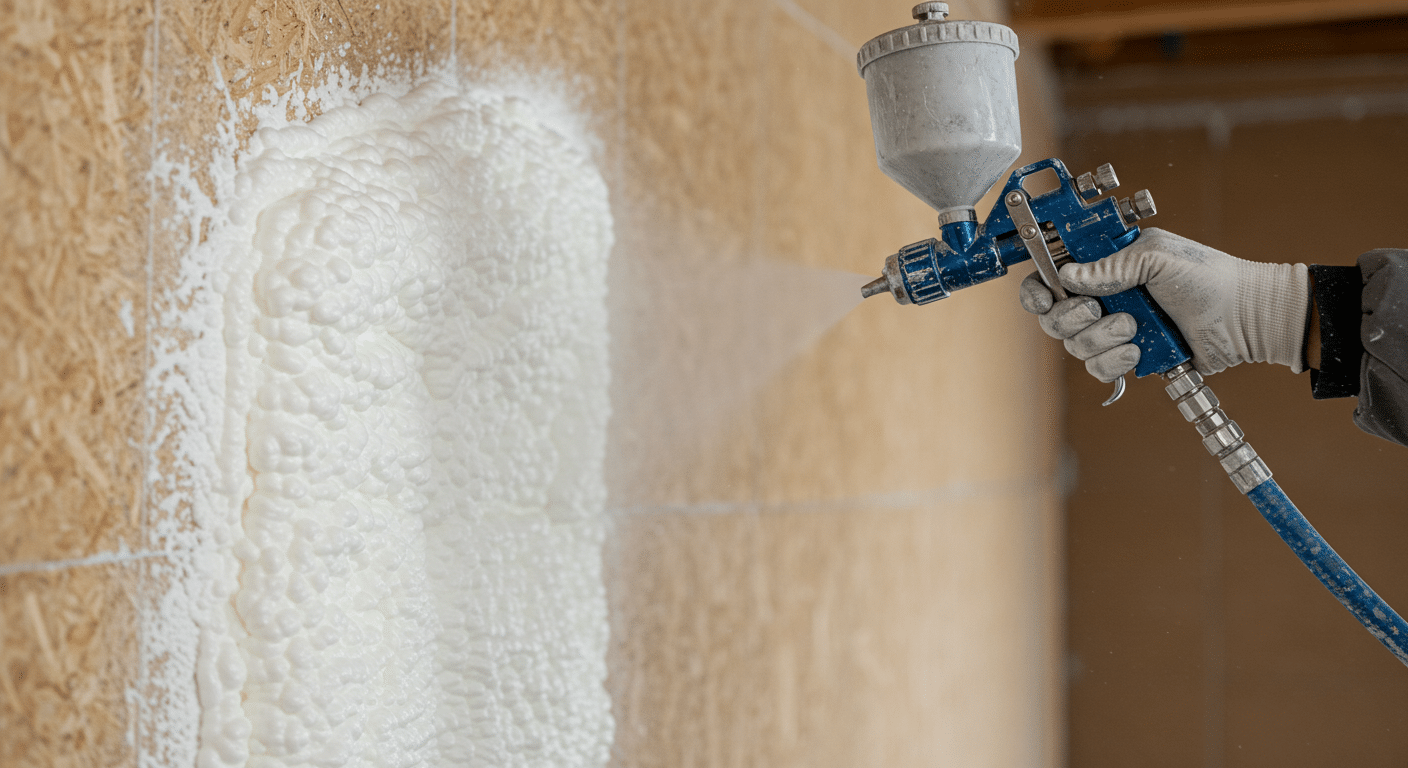
The most common spray foam insulation mistakes include improper surface prep, incorrect mixing, uneven application, overfilling cavities, and using the wrong type of foam. These errors can lead to poor adhesion, air leaks, or structural issues. To avoid them, always hire certified professionals, ensure moisture-free substrates, follow manufacturer guidelines precisely, and choose the right foam type (open or closed cell) for the project. Ventilation during application and thorough post-installation inspection are also critical for long-term effectiveness and safety.
Key Factors Affecting Spray Foam Installation Quality
| Mistake Type | Cause | How to Avoid |
| Improper Surface Prep | Dust, moisture, or oil | Clean and dry all surfaces |
| Wrong Foam Type | Misjudged R-value needs | Match foam to project specs |
| Uneven Application | Inexperience or rushed work | Use trained installers |
| Overapplication | Lack of depth control | Monitor foam expansion |
| Poor Ventilation | Enclosed or sealed area | Ensure air flow during install |
Spray Foam Mistakes: Pros and Cons
Pros
- Identifying issues early prevents insulation failure.
- Professional installation minimizes common errors.
- Proper technique boosts long-term energy efficiency.
Cons
- Mistakes can be costly to fix and may require full removal.
- DIY efforts often increase the risk of improper application.
- Missed errors may lead to indoor air quality or moisture issues.
Avoiding DIY Pitfalls

DIY spray foam kits are widely available, but they come with high risk. Without proper equipment and training, users often misjudge cavity depth, apply foam unevenly, or ignore substrate moisture levels. These errors can trap moisture, reduce R-value, and cause expansion damage. Professional installers assess site-specific needs, control temperatures, and ensure code compliance—ensuring a safer, longer-lasting result.
Foam Type Selection and Application Technique
Selecting the wrong foam—such as using open-cell where moisture resistance is needed—can lead to long-term damage. Closed-cell foam is best for moisture-prone areas like basements or crawl spaces, while open-cell works well for soundproofing and interior walls. Equally important is even layering during application. Foam should expand properly without gaps or bulges; thermal imaging or blower door testing can verify performance post-installation.
Spencer is a Google ranking expert and SEO consultant who has helped businesses in the spray foam marketing industry achieve their online marketing goals. Spray Foam Genius Marketing has a proven track record of success, having achieved some impressive results for his clients.

